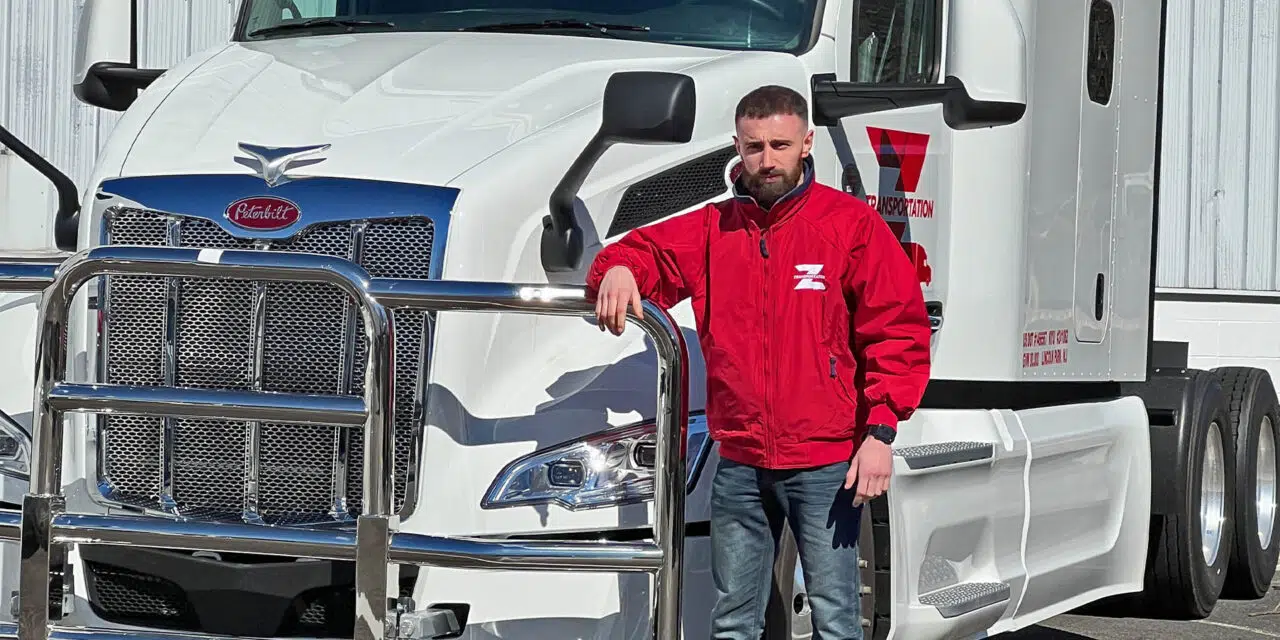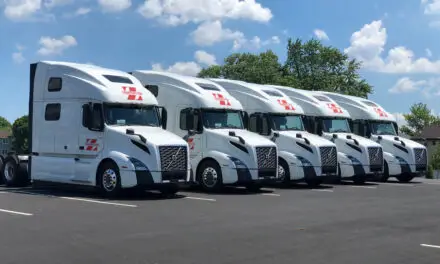As the trucking business struggles to recruit fresh talent, the logical target group is youngsters. However, for a variety of reasons, young people today are rarely enticed by the prospect of a career behind the wheel.
And I believe there are some rather clear reasons for this that remain unresolved. To begin, let us discuss workplace expectations. Show me an 18-year-old who wishes to begin their career by working 14-hour days, some of it unpaid.
Trucking businesses who wish to recruit today’s youngsters as drivers must be innovative in their weekday schedules. For starters, eight-hour driving shifts, improved routing, and reduced wait time. Additional changes, so that young drivers – who understand and value work-life balance more than earlier generations – may work a regular workday while still supporting themselves.
Additionally, the manner in which they are compensated should be modified. Yes, they should be compensated for their entire time. However, they should have predictable income and be able to determine their precise compensation without consulting the employee handbook. I feel that the most appealing alternative for young people would be hourly compensation — they would be compensated for their whole time from the minute they clock in, to the time they complete their trip.

One advantage we have in terms of attracting young staff is the technology installed in the vehicle. However, we don’t do nearly enough to advertise it. Equip those vehicles with as much technology as possible, and young drivers will follow. They will adopt ‘cool’ technology such as adaptive cruise control, driving coaching applications, and pre-trip assistance. Not to mention the zero-emission trucks on the horizon.
Successful individuals in the trucking sector should be encouraged to utilize social media. While every company now has a social media presence, the people who receive the greatest engagement are those who work in the sector.
Matt Marchand, for example, who chronicles his daily routines via his massively famous @myworldtaw Twitter account, has amassed a sizable following, which includes many individuals from outside the business. There is widespread curiosity about the work that professional drivers undertake and the responsibilities that come with employment. Influencers on social media are one of the most successful ways to reach out to interested adolescents.
Additionally, young people nowadays desire and anticipate job progression opportunities. Too frequently, office roles are filled by individuals with no prior trucking knowledge, since truckers are far too important to remove from the truck.
We should not undervalue the value that experienced drivers may bring to this and other jobs, nor should we presume that a driver wishes to stay a driver until they retire. Companies that can offer genuine progression opportunities will have a better chance of recruiting and retaining young personnel. They should be able to go around the terminal and observe instances of drivers who have transitioned to management or senior positions within the organization.
Whether you agree with the preceding or not, you’re already blaming the insurance companies. Yes, insuring young drivers may be challenging. However, it is not impossible. Several insurers participating in a recent Truckload Carriers Association panel debate on this subject stated that it is not the driver’s age that prevents coverage, but the driver’s lack of experience.
This is where significant investment in luring new talent must be made. Fleets must be innovative and resourceful in acquiring that experience for new recruits. Additional mentorships. Effective finishing programs. Training, training, then another round of training. These initiatives should be collaboratively established with your insurance. If you can convince them that these young drivers are not being released just because they possess a commercial driver’s license, you may likely be able to resolve the all-important insurance issue.
If the trucking business is to solve the driver deficit, it must appeal to a younger generation. Reconnecting with this group will not be simple, but it is achievable. However, we must first address some of the factors that contribute to young people’s disinterest in trucking today.










